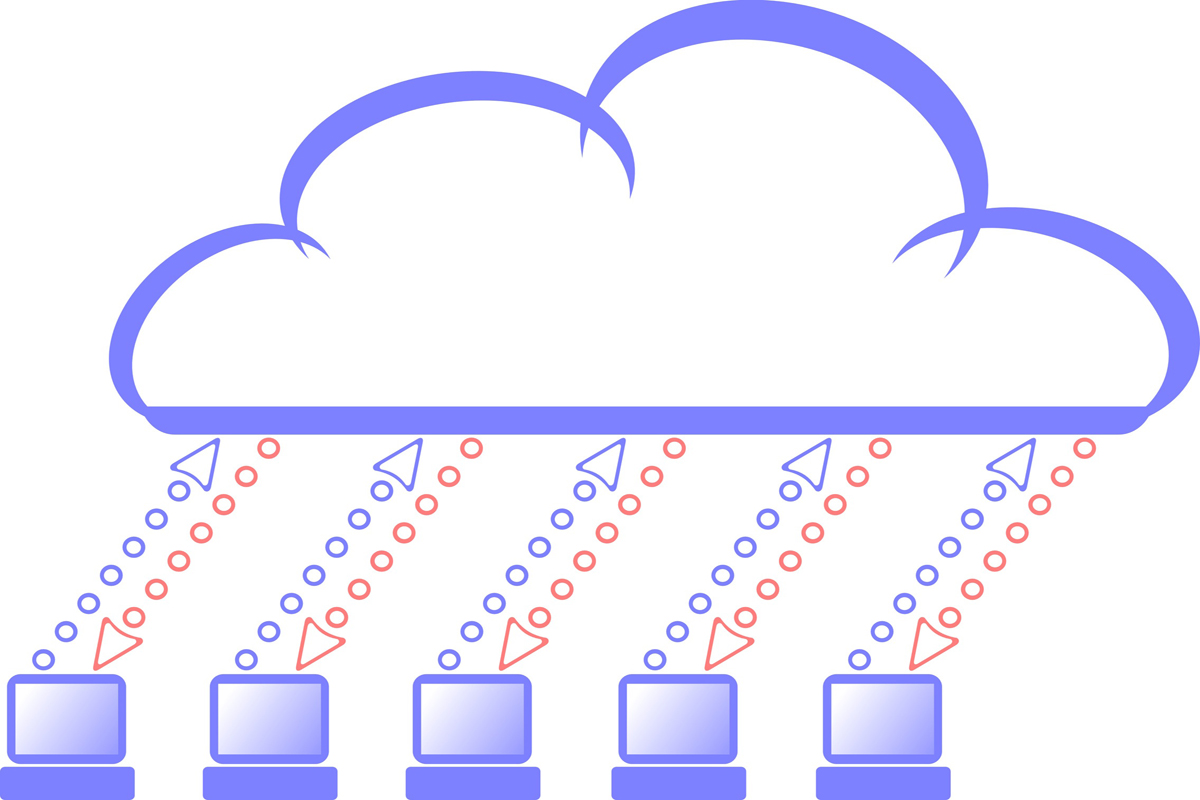Don't leave cloud monitoring to vendors, expert warns
The monitoring of cloud services cannot be left to the suppliers, warned Remko Dobber, cloud architect for Nimsoft, at Cloud Expo Europe 2011.

Cloud services must be treated differently to on-premise software when it comes to systems monitoring.
This was the warning from Remko Dobber, cloud architect for systems monitoring supplier Nimsoft, delivered to delegates attending this week's Cloud Expo Europe in London.
The dashboards provided by vendors such as Amazon Web Services and Salesforce.com provide a useful insight to service levels but should not replace a traditional approach to monitoring.
Dobber pointed out that a degree of control is traded for the benefits of public cloud provision and how much is lost depends on the level of service.
"One of the big challenges is control. How do you control something that has effectively been taken away from you?" he asked. "We can't separate the services that we deliver from the data centre and the cloud. Salesforce may run the same operating system and database that you would run if you implemented something similar in your data centre the difference is that you don't see them. The thing that changes is the depth of vision that you get into that application."
For software as a service applications (SaaS), the only thing the customer is aware of is the top level of the application. What goes on underneath is submerged and hidden from view, he said.
Dobber said that Nimsoft, a subsidiary which CA acquired a year ago, provides monitoring applications
Get the ITPro daily newsletter
Sign up today and you will receive a free copy of our Future Focus 2025 report - the leading guidance on AI, cybersecurity and other IT challenges as per 700+ senior executives
that merge the information available from cloud services with traditional data centre monitoring to give a single view of the IT resources. He added that it also takes feeds from the public APIs that platform as a service (PaaS) and infrastructure as a service (IaaS) suppliers offer.
Apart from plugging the company's wares, he demonstrated that there were other ways in which the services could be monitored from time to time.
"We don't unconditionally trust our service supplier so we also want to monitor the service itself," he said.
"We can run synthetic transactions against it periodically and test the response time of that transaction. We can do real-user monitoring by asking them what kind of response time they are getting. We can also use the suppliers APIs to get at the data for their services programmatically to allow us to go into a deeper level."
Dobber gave an example of setting up a Microsoft Exchange service in the cloud and sending an email that will bounce back to gain a measure of response times.
He said that the monitoring data supplied by the cloud vendors merely gives a clue to what is happening.
If the customer is taking service level agreements seriously, they should also maintain their own logs of what the end-user is finding to ensure the relationship is running well, according to Dobber.
-
 Cleo attack victim list grows as Hertz confirms customer data stolen
Cleo attack victim list grows as Hertz confirms customer data stolenNews Hertz has confirmed it suffered a data breach as a result of the Cleo zero-day vulnerability in late 2024, with the car rental giant warning that customer data was stolen.
By Ross Kelly
-
 Lateral moves in tech: Why leaders should support employee mobility
Lateral moves in tech: Why leaders should support employee mobilityIn-depth Encouraging staff to switch roles can have long-term benefits for skills in the tech sector
By Keri Allan